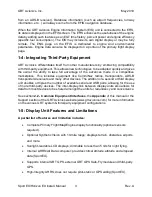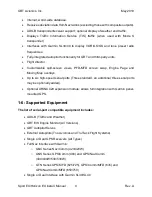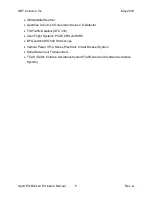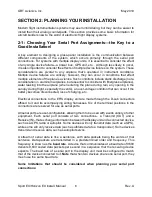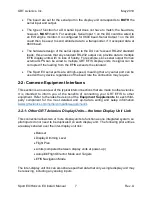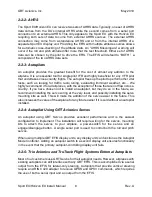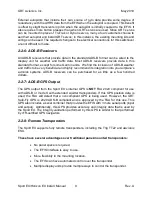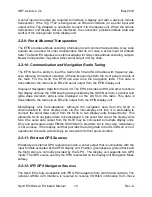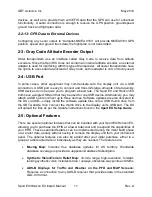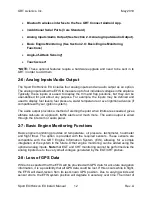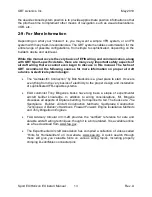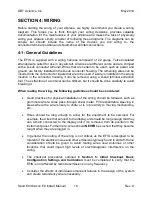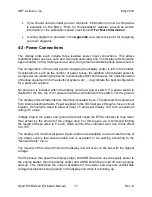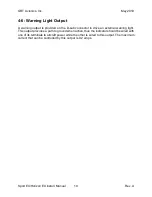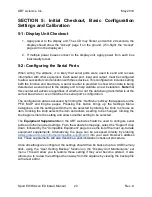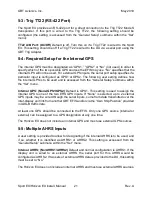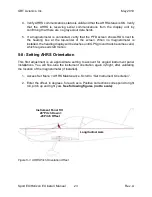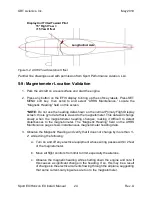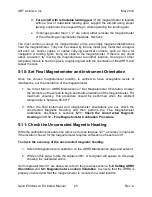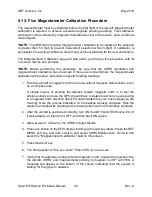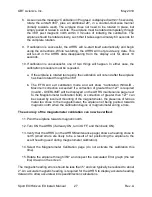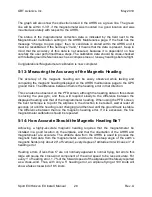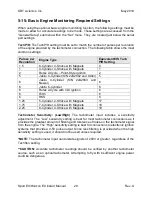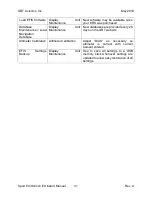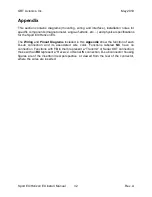
GRT Avionics, Inc.
May 2019
Sport EX/Horizon EX Install. Manual
17
Rev. A
•
If you should need to install you own terminals, information on how to crimp wires
is available on the EAA’s “Hints for Homebuilders” website, as well as written
information in the publications listed in section
2-9: For More Information
.
•
A wiring diagram is provided in the
Appendix
as a reference point for designing
your own diagrams.
4-2: Power Connections
The display units each include three isolated power input connections. This allows
redundant power sources, such as a main and secondary bus. The display units consume
approximately 1 amp, making even a 2 amp-hour gel cell a suitable backup power source.
The configuration of the power system supplying the display unit(s) is left to the builder.
Considerations, such as the number of power buses, the addition of redundant power to
a single device (allowing the device to potentially affect both buses), the implementation
of backup equipment into the electrical system, etc…, may dictate the best configuration
for a particular airplane.
No provision is included within the display units for a power switch. If a power switch is
desired for the DU, the +12V power should be controlled with the switch, not the ground.
The display units include internal, thermally-activated fuses. This protects the equipment
from internal electrical faults. Power supplied to the DU must pass through a fuse or circuit
breaker. It should be sized to allow at least 1.5 amps per display unit, with a maximum
rating of 5 amps.
Voltage drop in the power and ground wires will cause the EFIS voltmeter to read lower
than actual, by the amount of the voltage drop. For this reason, we recommend limiting
the length of these wires to 5
’ each, which will limit the voltmeter error due to this effect
to 0.15V.
The display unit monitors all power inputs; alarms are available to annunciate the loss of
any power source that was provided and is expected to be working according to the
“General Setup” menu.
The majority of the current flow into the display unit will occur on the bus with the highest
voltage.
If all the buses that power the display unit(s) and AHRS are also used to supply power to
the engine starter, then the display unit(s) and AHRS should be turned off during engine
start-up. This maximizes the current available for the starter and prevents undesirable
voltage fluctuations being applied to the display unit when it is booting up.

